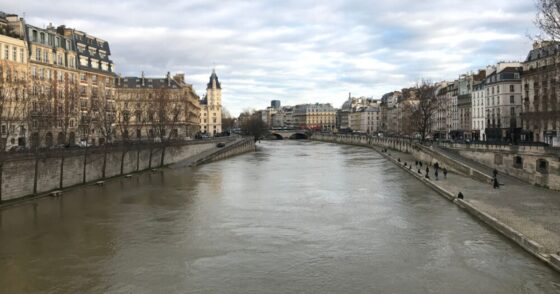
The water square is an urban development, a kind of square, designed to be flooded during heavy rainfall. By collecting this water, the water square prevents flooding in the city. In dry weather, this space is used by residents who can play sports or attend a cultural event.
In the coming years, climate change will lead to an increase in the intensity and frequency of heavy rainfall. In concrete areas, these heavy rains can cause flooding. Cities such as Rotterdam or Montreal then opted for “water squares”, also known as “floodable multifunctional squares”.
This urban development is designed as an open-air public square that can flood in heavy rain. Rainwater flowing from nearby streets and rooftops is directed to water collection basins and gradually seeps into the ground through an infiltration device. The surplus is stored in the basins for 36 hours, preventing overloading of the sewerage network and reducing the discharge of waste water into waterways.
The first water square was born in Rotterdam in the Netherlands in 2013. The Benthemplein can collect up to 1.7 million liters of water, the equivalent of an Olympic swimming pool. In dry weather it is used by Rotterdammers who can play basketball or skate. There is also an amphitheater there.
The infrastructures necessary for the construction of this type of development are integrated into the urban landscape. For example, the stainless steel water pipes are used as ramps for skateboarders.
Since then, other flood-prone places have opened up around the world, such as in Montreal, with the Place des Fleurs de Macadam and the Pierre-Dansereau Park.
(ETX Daily Up)